When working with a subcontractor, the conclusion of an appropriate contract is always crucial from a legal point of view. The absence of such a contract, or its inadequate provisions, may make it difficult or impossible to use the results of such work in the business or to transfer them to the client.
Safe collaboration
When hiring a subcontractor company or a freelancer, we usually focus on their portfolio, experience, skills or references. Obviously, these aspects are crucial to the proper execution of the task and the delivery of the expected product. However, a software house that decides to work with a subcontractor should also consider a number of issues that affect its legal security, ranging from the manner in which the results of the work will be delivered, the use of software, hardware or other infrastructure of the ordering party, access to confidential information, to copyrights and other intellectual property rights. The following summary of selected issues to consider may be helpful in addressing this issue.
Subcontracting Agreement – selected questions. Part I
- It is worth considering whether the software house should, as far as possible, acquire intellectual property rights to all creative results of the subcontractor’s work that arise during the performance of the contract, such as source code, documentation, or graphics. The contract with the subcontractor must specify the results of the work, including in particular the copyrightable works to be created as a result of the subcontractor’s work. If the contract focuses only on the source code, and documentation or graphics are also produced, there is a risk that we will not acquire the rights attached to them.
- When describing the scope of the rights transferred, we should also think about the territorial scope and the fields of exploitation (ways of using the copyrightable works). It is worth considering not only short-term, but also long-term uses, including those related to future modifications, use of selected parts of works, their combination, integration with other works or distribution.
- If the parties assume the transfer of copyrights, then – according to the Polish law – it will be necessary to maintain the written form, i.e. to sign the agreement traditionally with a handwritten signature, or to conclude the agreement in an equivalent electronic form, i.e. to sign it with a qualified electronic signature. It is therefore worth checking, particularly when exchanging documents by e-mail, that both parties have actually signed the contract with their qualified electronic signatures. If the parties send each other scans, it is necessary to provide or send signed “paper” originals. Until these are provided by the subcontractor, we will not be sure that the work just started is covered by the transfer of copyright. On the other hand, a contract signed digitally with another signature, e.g. a trusted signature, will not result in the transfer of copyright or even the acquisition of an exclusive licence. In this form, unfortunately, we can only effectively acquire a non-exclusive licence, which in practice will in most cases be insufficient, especially if the software house is obliged to further transfer rights to such products to its customer.
- The moment of the transfer of rights is also a very important issue to consider. Subcontractors often (understandably) insist that they are transferred upon full payment for the work performed. However, it is worth thinking carefully about such a provision and looking for other solutions that could also secure both parties’ interest. If we do not transfer the rights on an ongoing basis, i.e. as and when the results are created or transferred, we run the risk of not transferring the rights in the event of failure to transfer the results, failure to accept due to defects or other disputes.
- The way in which the subcontractor handovers the results of its work is also an important topic. For a number of reasons, it is most advantageous to consider having the subcontractor record the results of the work directly in a repository over which we have full control. This also reduces the risk of failure to deliver the results of the work or incomplete information on the progress of the work. It is also worth thinking about acceptance procedures, including what exactly the subcontractor is expected to hand over with a given result (documentation, list of authors, other), and how the parties will deal with any material or immaterial defects in the results.
- In many cases, the subcontractor will have access to the materials, software, tools and infrastructure owned by or used by the software house. If, for the purposes of the project, we foresee the need to give the subcontractor and its employees access to the tools we use, including software, we should make sure that the licences we hold permit for such use. If we provide the subcontractor with materials covered by the intellectual property rights, information constituting trade secrets (e.g. know-how) or other confidential information, we should ensure that the subcontractor can use it in a contractually permissible manner only. We should address both: the time during the contract is performed and also after the cooperation has ended.
- Of course, the above issues and considerations are only examples. How we address the issues of personal data processing, personnel and further subcontracting, performance deadlines, contract termination or settlement rules, warranty or guarantee for the product or procedures in the event of non-performance or improper performance of the contract will also be very important. Depending on the subcontractor, the project and the nature of the relationship, other issues may also need to be considered. We will return to these topics in the future blog posts.


